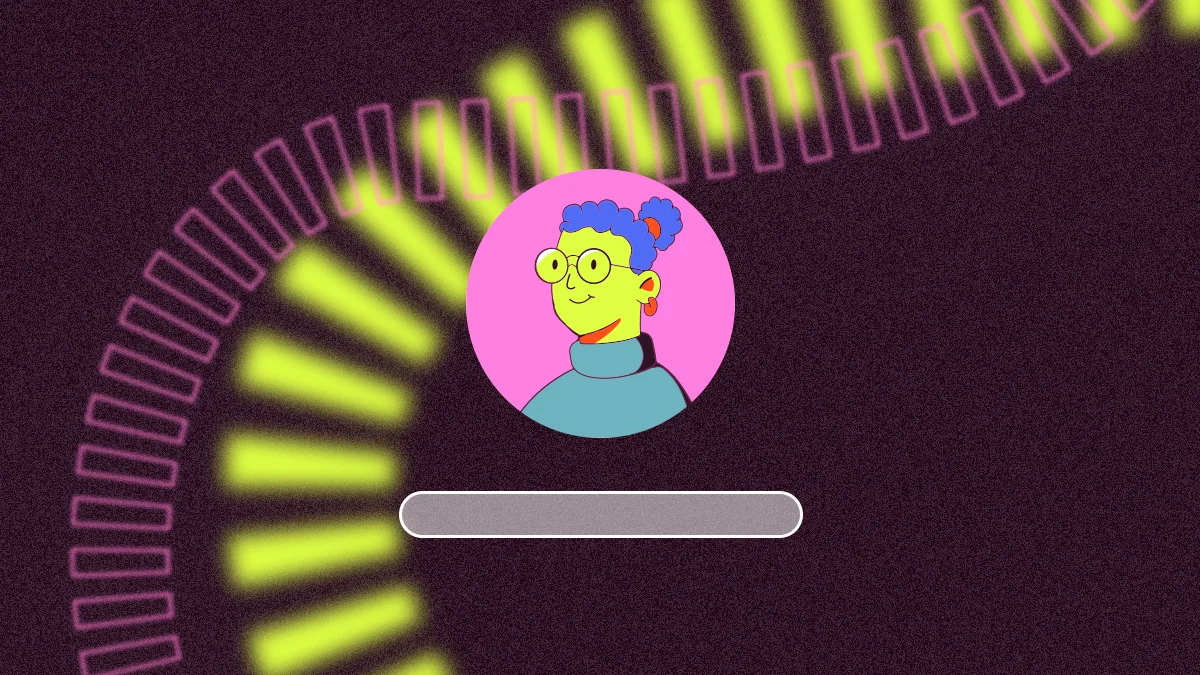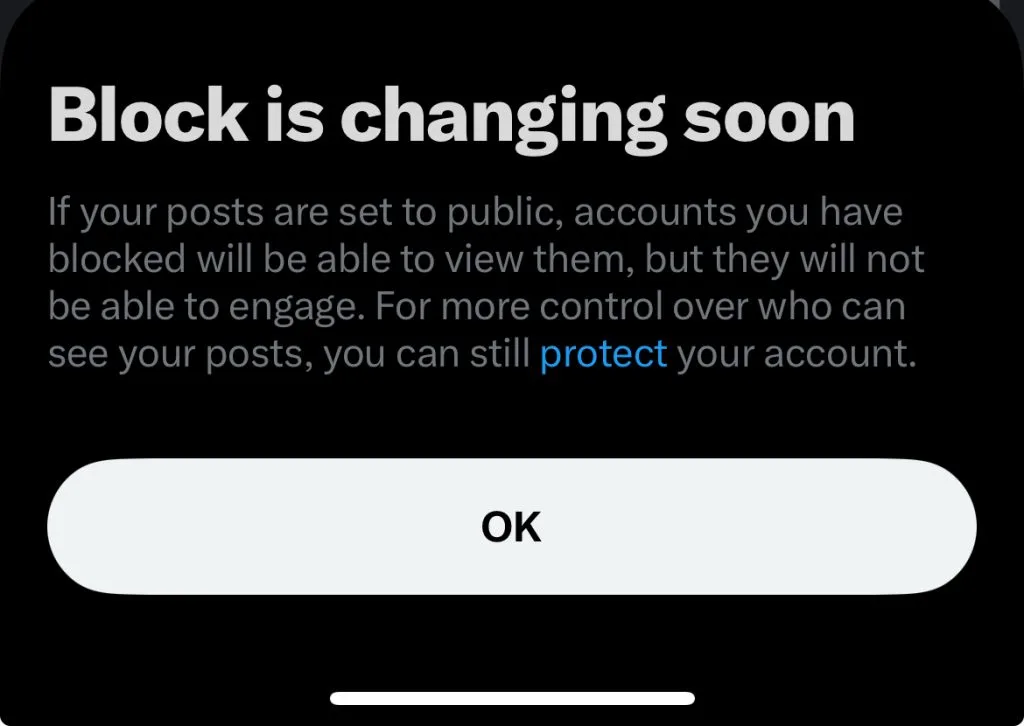X (Twitter) Announces Changes to Block Feature

X, the social media platform formerly known as Twitter, is making waves with a significant modification to its blocking feature, which will redefine user interactions on the platform. Announced by X Engineering and confirmed by CEO Elon Musk, the new functionality allows users who have been blocked to view the public posts of their blockers while still preventing them from engaging with the content. This change signals a substantial shift in how users manage their online interactions.
Understanding the New Block Function
Under the upcoming changes, when a user blocks another account, the following will occur:
- Visibility of Public Posts: Blocked accounts will now be able to view the public posts of the user who has blocked them.
- Engagement Restrictions: While they can see the posts, blocked accounts will not be able to like, reply, repost, or engage with the content in any way.
- No Engagement Notifications: Users who block an account will not see any attempts at engagement from the blocked account, ensuring that their experience remains unaffected by any interaction attempts.
This marks a significant departure from the existing system, where blocked users are completely restricted from viewing the blocker’s profile and posts.
Compliance with App Store Regulations
It’s important to note that both Google Play and the Apple App Store have stringent guidelines requiring social media platforms to include a blocking feature that allows users to prevent unwanted interactions. As X rolls out this new functionality, it remains unclear if it fully meets these requirements, especially given the new allowance for blocked users to view public posts.
Musk’s Perspective on Blocking
Elon Musk, who has been vocal about his dissatisfaction with the previous blocking mechanism, stated, “High time this happened. The block function will block that account from engaging with, but not block seeing public posts.” This aligns with Musk’s previous assertions that blocking “makes no sense” and suggested replacing it with a more robust version of muting.
Implications of the Change
The announcement has ignited discussions regarding the broader implications of this feature modification:
- Advertising Revenue: One speculation is that the change aims to ensure that all users, including those who have been blocked, can view advertisements on the platform, potentially boosting revenue.
- User Safety Concerns: Critics have expressed deep concern about the safety of users, particularly in the context of privacy, stalking, and targeted harassment. Following Musk’s takeover, many users have reported increased instances of harassment on the platform, leading to heightened fears regarding personal safety. The ability for blocked individuals to access public content raises alarms about unwanted exposure, especially for users who have previously experienced stalking or targeted harassment.
- Platform Philosophy: X positions this change as part of its commitment to being a “public town square,” suggesting a move towards more open discourse, though this approach may also dilute user control over their own content.
The Future of X
As X continues to adapt under Musk’s leadership, more changes to core features can be expected. While an official implementation date for the new block function has not been announced, it is anticipated to roll out soon. This modification represents a pivotal shift in X’s approach to user interactions and content visibility. As the platform redefines itself, both users and industry observers will be closely monitoring how these changes impact the broader social media landscape.


